💰 Full Package Price: From USD 3,050 (Depending on number of climbers)
11-Day Exploratory Expedition
🟢 This is a shared expedition
Prices depend on group size:
📩 Contact us to plan your custom trip and find the best rate for your group.
Welcome to one of the most unique expeditions in the Andes. This isn’t just about climbing — it’s about discovery. You’ll attempt the first ascents of remote, unnamed volcanoes in the Atacama Desert, based on a groundbreaking study led by our guide Maximo Kausch and British physicist Dr. Suzie Imber.
Their algorithm analyzed over 65,000 elevation points in the Andes using dominance percentage — a measure of peak independence. They identified 1,174 absolute peaks above 5,000 meters, many of which have never been climbed or even named. This expedition explores the densest concentration of these “unclimbed 5000ers”, with the goal of achieving 2–3 first ascents. Find out more about the mapping project
Previous editions of this expedition have resulted in historic climbs, including the first ascent of Mt. Parofes (5,845m), once the highest unclimbed peak in the Andes.
Many of these volcanoes may have been visited by the Inca. There’s a high chance we’ll find ancient platforms or cairns at the summit — like we did in previous seasons.
14-Day Exploratory Expedition + Return Travel
Included: Airport transport & hotel night 🏨
We’ll pick you up at Copiapó airport (about 50km from town). After check-in at the hotel, we’ll review your gear and assist with any last-minute shopping.
Evening: welcome dinner with the team 🍽️
Included: Breakfast, transport, lunch & dinner
We drive 210km into the high Andes to reach a scenic hut beside the stunning salt lake, Laguna Santa Rosa.
🏞️ Prepare for a night under the stars, surrounded by flamingos and high-altitude beauty.
Included: Breakfast, lunch & dinner
A big day! We’ll hike up Cerro Siete Hermanos. Depending on the group’s condition, we aim for the summit or as high as safely possible. This is a crucial step in acclimatizing.
📏 Elevation gain: 1,080m | 🕒 ~5–7 hours total
Included: Breakfast, packed lunch, dinner & 4WD transport
After a hearty breakfast, we load the 4x4s and head deeper into the desert towards our wilderness base near natural hot springs. 🏕️
Included: 4WD logistics, tents, 2 meals/day, route finding, epic memories
This is where the adventure begins — and anything can happen! We’ve selected a region with several unnamed and unclimbed 5,000-meter peaks. Depending on conditions, we’ll attempt 2 to 3 first ascents. Activities may include:
Note: routes and results depend on weather, terrain, and team dynamics.
Included: Transport & hotel 🏨
After days in the high Andes, we return to sea level. Time to relax at the coast in the charming beach town of Bahía Inglesa.
Included: Hotel 🛌
Enjoy a slow morning, a dip in the ocean, or a well-earned seafood lunch by the sea.
Catch your flight back home from Copiapó.
Optional group transfers available.
Having reliable mountaineering equipment is essential for a successful expedition. All personal gear will be carefully checked by one of our guides at the hotel. Equipment rental is available in Copiapó; please inform us in advance about your requirements, so we can confirm availability and pricing.

Hat or cap
For sun protection
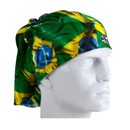
Bandana
Buff or similar
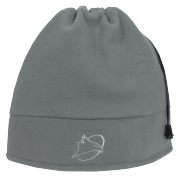
Hat
Woollen hat or similar for cold days
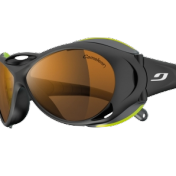
Sunglasses (cat 3 or 4)
With side protection to fit your face
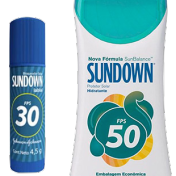
Sunscreen and lip balm
30 FPS or more
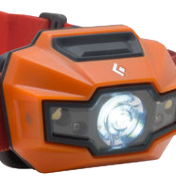
Headtorch
Working headtorch and spare batteries
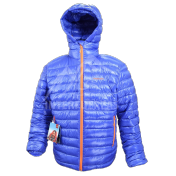
Light down jacket
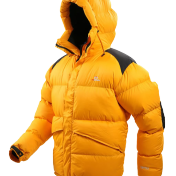
Summit Down Jacket
Heavy hooded down jacket for cold conditions
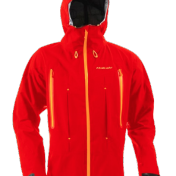
Snowproof jacket
A good snow, rain and windproof jacket
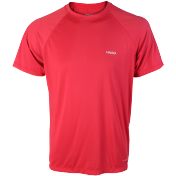
T-shirt
Synthetic fibre long or short sleeve t-shirt
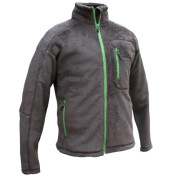
Fleece jacket
Used alone or as part of a layer system for better performance
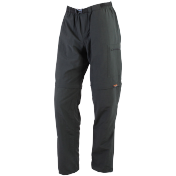
Trekking pants
Light trekking pants
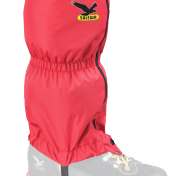
Gaiters
For snow, sand or scree terrain
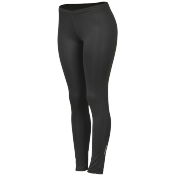
Base layer pants
For very cold days and summit push

Snowproof pants
Goretex or similar pants will be used for high wind or during snow conditions
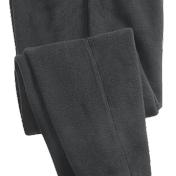
Fleece Pants
Fleece, polartec or similar. To be used with other layers for very cold conditions
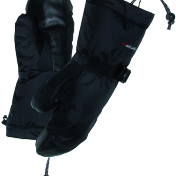
Mittens
Thick down mittens for summit push
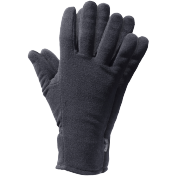
Gloves
Fleece or polartec gloves for every day use

Single layer boots
Any single layer boot such as Nepal Extreme, Latok, Batura, pro Thermic Salomon, Super Mountain 9 Salomon, etc
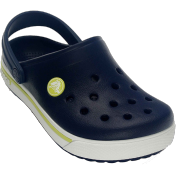
Sandals or crocs
Sandals or crocs for river crossing or hanging around camp

Trekking boots
Waterproof trekking boots, try wearing them before the expedition
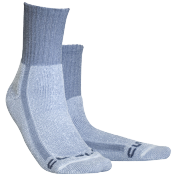
Trekking socks
Good thick trekking socks
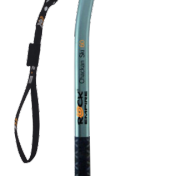
Ice axe
A traverse ice axe (piolet). Can be a straight tool or slightly curved.
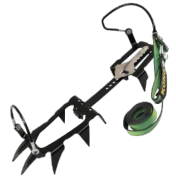
Crampons
Crampons with antibott system

Inflatable matress
An inflatable mattress and its repair kit
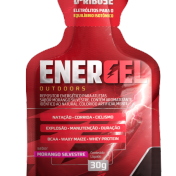
Carbo gels
These gels help out on recovery
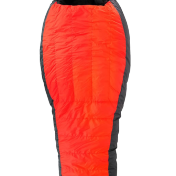
Sleeping Bag
A good down sleeping
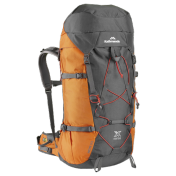
Rucksack
A decent rucksack with hip belt and rain cover

Altitude medicine
Our guides already have pretty much any drugs you might need during any trip. However, it would be great if you could have a spare tab of the most used drugs:
Ibuprofen (Advil)– This is an anti-inflammatory and works great for high altitude head aches
Loperamide (Imodium) – controls diarrea (not to be used in case of digestive infections. Ask our guides)
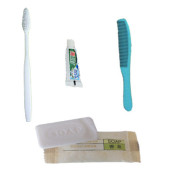
Personal Hygiene kit
Soap, tooth brus, come, etc
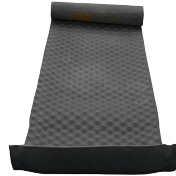
Sleeping mattress
We prefer taking 2 foam sleeping mattress because of sharp rocks. If you have an inflatable mattress you should also bring a foam mattress to protect the inflatable one against sharp rocks. Don’t forget bringing a repair kit if you have an inflatable mattress.
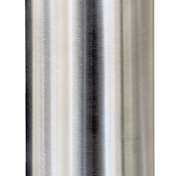
1 litre thermos
Metallic good quality 1 litre thermos for the summit push. You must have one. Please do not bring smaller ones.
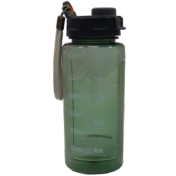
Water bottle
Nalgene 1 litre bottles or similar are great for expeditions! We prefer to not use camelbacks as its hose pipe might freeze
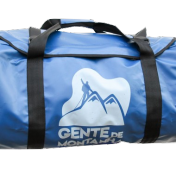
Duffel Bag
Used to transport or store your equipment. In many cases, we transport your personal gear on animals and we don’t want your equipment to get wet or have mule smell…
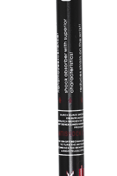
Trekking poles
Gives you more stability during walk and summit push.
This depends on logistics, approaches, and weather. Most of the time, we attempt 2 peaks — sometimes 3 — but it’s rare to climb more than that.
That’s part of the magic! There’s no way to be 100% sure. The peaks we selected are extremely likely to be unclimbed, but confirmation only comes once we’re at the summit.
The best option is to fly to Santiago, Chile, and then take a domestic flight (usually with Sky Airlines) to Copiapó. This second flight is often cheap. LATAM also offers international connections to Copiapó that can sometimes be even more affordable.
Laguna Santa Rosa Hut is cozy, well-maintained by a local agency, and equipped with beds and a toilet. It’s perfect for initial acclimatization.
No, but we can rent it in Mendoza and bring it for you. If you want to rent boots, please draw the outline of your foot on an A4 sheet, scan it, and email it to us in advance.
Yes. There are exchange offices that accept USD, Euros, and British Pounds. Best rates are typically for US dollars.
Yes! We carry a satellite phone (USD 3/min). We also publish daily updates to our Facebook page using a SPOT satellite tracker.
Absolutely! Our blog and Facebook page are updated regularly with expedition progress, messages, and even photos. It’s the best way for your family to follow your adventure.
Yes. We carry solar panels and use 12V car plugs when driving. Keep in mind, sunlight availability affects solar charging capacity.
No. Equipment rentals must be paid in USD cash directly to our guides.
Yes, but it’s free! We handle the DIFROL permit for you as part of the expedition logistics.
Please let us know well in advance and remind our guide on-site. Unfortunately, due to logistical limits, we can’t accommodate macrobiotic, vegan, or celiac diets unless you bring your own food.
Our expedition leader Maximo Kausch is experienced in mountain medicine and can handle most altitude-related issues. We carry a comprehensive medical kit.
All guides are trained in mountain rescue. We use our 4WD vehicles for evacuation if needed — you can reach medical care in just a few hours.
We don’t recommend Diamox for this expedition. The Andes are extremely dry, and Diamox is a diuretic that can hinder acclimatization in these conditions. It’s better suited for more humid environments like the Himalayas.
Yes! Maximo lived in the UK for 10 years and is fluent. Our other guides also have excellent communication skills — you’ll have no trouble understanding them.
We recommend a high-quality down sleeping bag with a comfort temperature of -10°C to -15°C. Always check the “comfort” rating, not the survival or extreme temperature label.

Language skills:
| English - native speaker |
| Spanish - native speaker |
| Portuguese - native speaker |
Maximo Kausch is one of the most accomplished and experienced high-altitude mountaineers in the world. Born in Argentina, raised in Brazil, and educated in the UK, he has been climbing for over 25 years and guiding professionally since the age of 23. He has led more than 118 expeditions, many to extreme altitude regions across the Andes, Himalayas, and beyond.
Recognized by Guinness World Records, Maximo holds the record for the most 6,000-meter peaks climbed—90 in the Andes alone—and has summited over 260 peaks above 5,500 meters. He’s participated in at least 11 expeditions to 8,000-meter peaks, including the formidable K2 in Pakistan.
In 2012, Max launched the Andes 6K+ Project, aiming to climb all 104 Andean peaks over 6,000 meters. To date, he has completed 85% of the challenge, including a solo season where he climbed 30 of these peaks alone—an unprecedented feat in South American mountaineering.
Beyond guiding, Max researches high-altitude medicine, teaches courses for physicians, and contributes to the classification and naming of Andean peaks. Known for his calm approach and meticulous planning, he emphasizes safety and acclimatization in every expedition.
Founder of Andes Specialists, Max shares his passion with climbers from all backgrounds. He’s visited over 30 countries, always seeking out remote and challenging mountains. Despite the records, Max remains focused on learning and sharing his love for the mountains with humility and dedication.
More about Maximo Kausch
World Record on 6000 metre peaks

Language skills:
| English - Good command |
| Spanish - native speaker |
| Portuguese - Good command |
Jorge Spur was born in Trelew, a city in the province of Chubut, in Argentine Patagonia, near the sea. At the age of 12, his family moved to Epuyen, a small town nestled in the mountains of Northern Patagonia. It was in this environment that Jorge began to explore and climb mountains from an early age. At 15, a physical education teacher introduced him to the fundamentals of hiking through the forests and mountains of the region.
He earned his Trekking Guide certification in 2011 and became a certified Mountain Guide in 2013 through the Provincial School of High Mountain and Trekking Guides in Mendoza. Over the course of his career, Jorge has climbed various mountains in Patagonia, the Central Andes, Bolivia, and Brazil.
Since 2015, Jorge has been working as a guide with Gente de Montanha, where he is also responsible for expedition logistics during the summer season in Argentina. During the rest of the year, he returns to Epuyen, where he dedicates himself to mountaineering, climbing, trekking, kayaking, and cycle touring—always planning his next adventure.
Throughout his career, Jorge has led more than 25 expeditions to Mount Aconcagua, completed over 42 expeditions to mountains above 6,000 meters, and helped more than 150 people achieve their mountaineering dreams. He has been guiding for Gente de Montanha for over 10 years.
20% non-refundable deposit required
📩 Contact us to confirm availability and reserve your spot.
Total estimated cost: USD 4,380 to 6,320